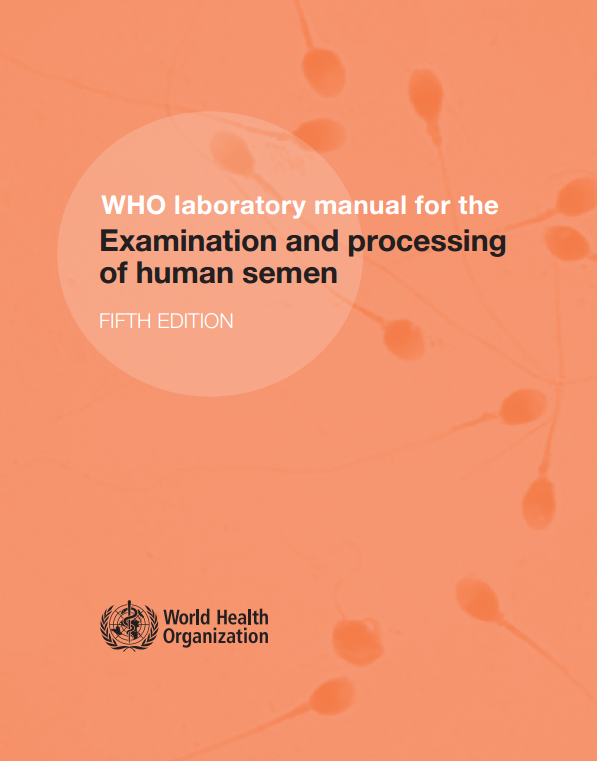Post Top Ad
الأربعاء، 21 يوليو 2021
Home
MEDICACL ANALYSIS
WHO laboratory manual for the Examination and processing of human semen (Fifth Edition)
WHO laboratory manual for the Examination and processing of human semen (Fifth Edition)
Tags
MEDICACL ANALYSIS#
![Author Image]()
Share This
About Dr/Ali Alaraby
MEDICACL ANALYSIS
Tags
MEDICACL ANALYSIS
الاشتراك في:
تعليقات الرسالة (Atom)
Post Top Ad
Your Ad Spot
Author Details
Ut wisi enim ad minim veniam, quis nostrud exerci tation ullamcorper suscipit lobortis nisl ut aliquip ex ea commodo consequat. Duis autem vel eum iriure dolor in hendrerit in vulputate velit esse molestie consequat.









ليست هناك تعليقات:
إرسال تعليق